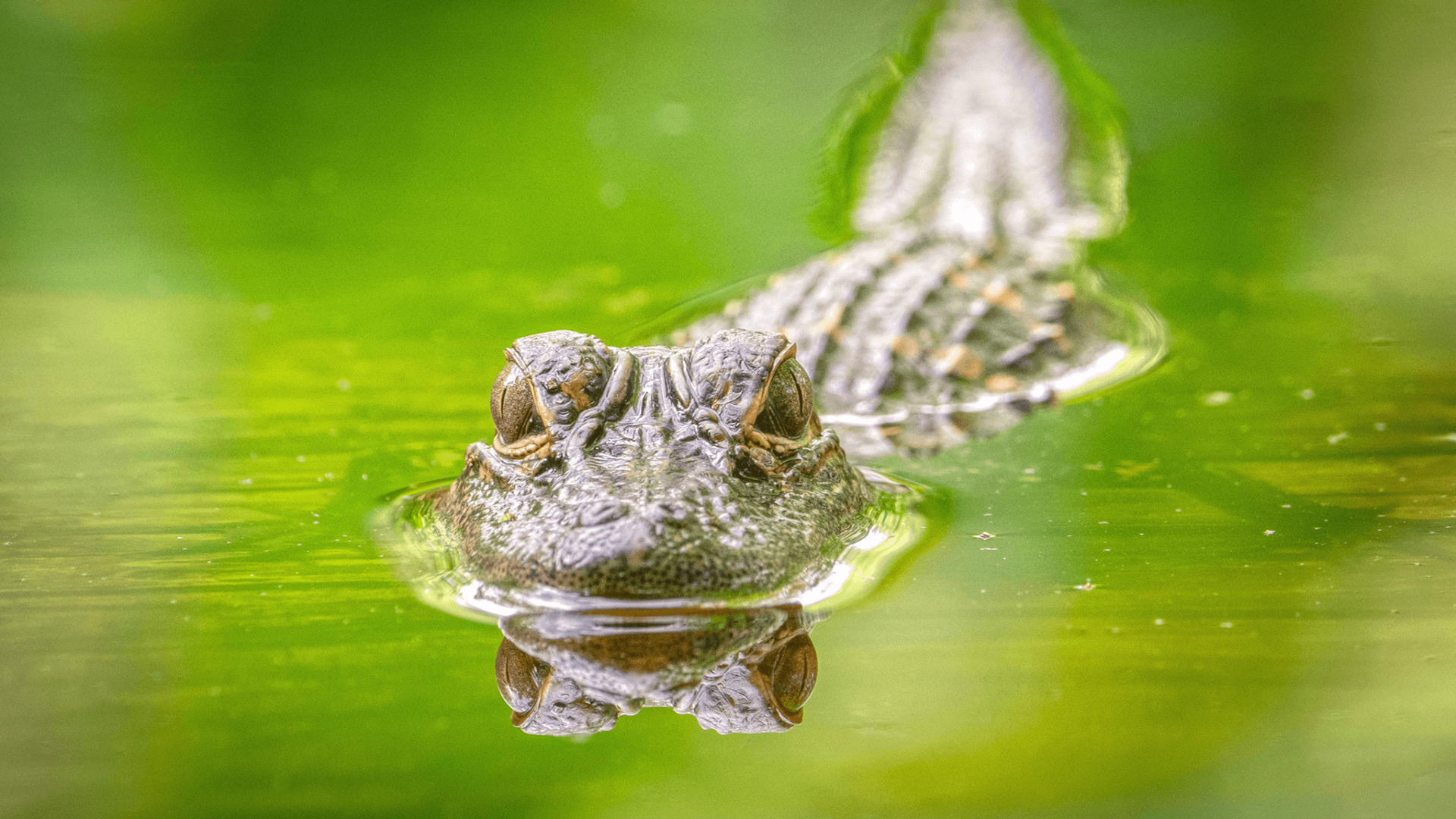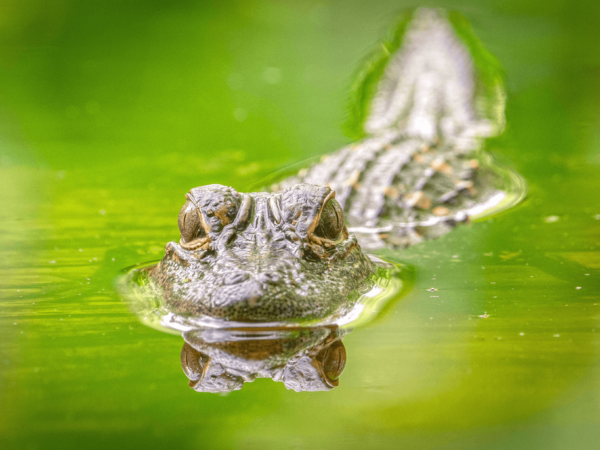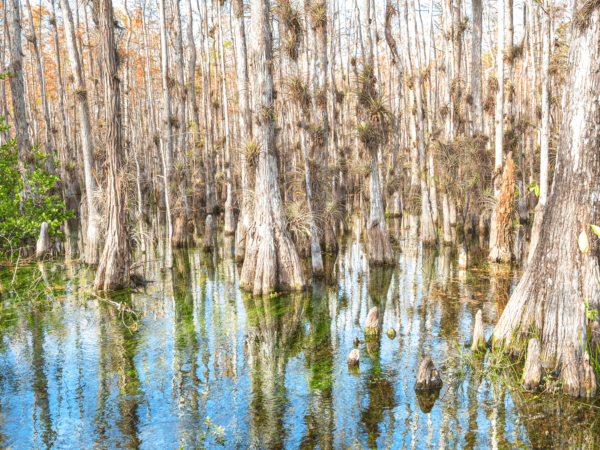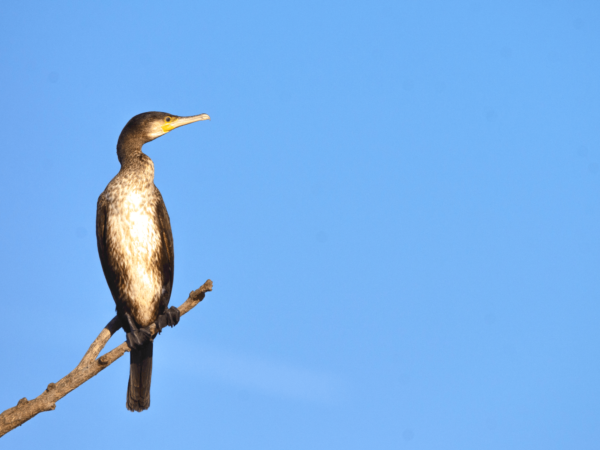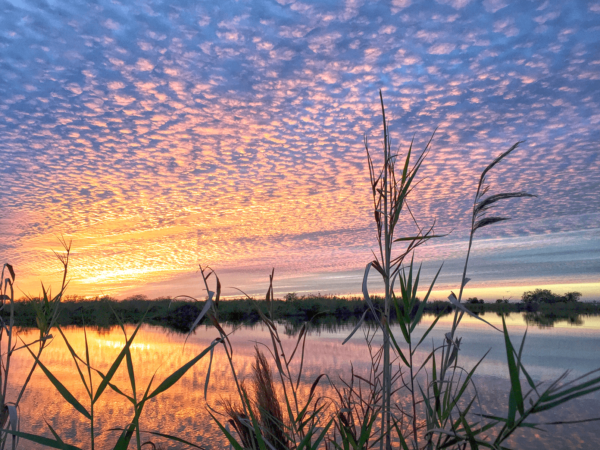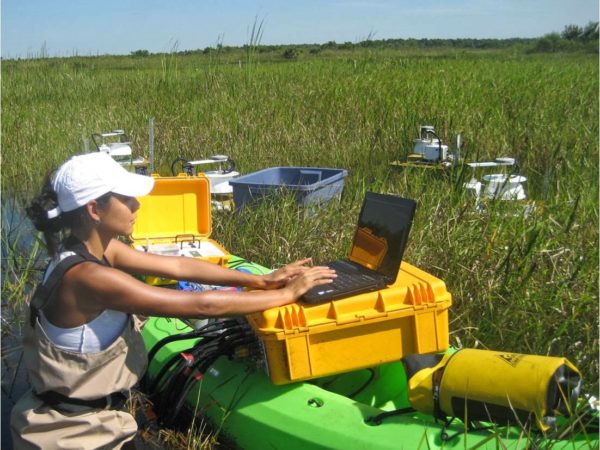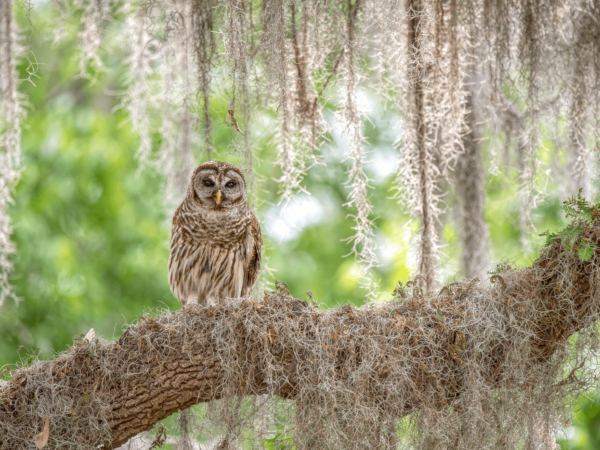The Everglades ecosystem depends on the natural seasonal water patterns of South Florida. These patterns rely on rain. South Florida naturally experiences a dry season with little rain in the winter and a wet season with plentiful rain in the summer. The rain does not always fall in the same, predictable way each and every year. The amount of rain that falls influences water levels in the wetlands of the Everglades.
Wetlands act like a sponge, absorbing heavy rains to help prevent flooding, and slowly releasing water during dry times to combat drought. Wading birds can catch more prey more easily when water is shallow. But as the water recedes in the dry season, prey populations can become depleted. As water levels rise in the wet season, prey can be harder to catch, but the deeper water gives prey populations a chance to rebound.
The quality or cleanliness of the water is also important. Water with chemicals enters the Everglades from canals from our cities and from farm fields that produce our food crops. These chemicals, called nutrients, affect how fast or slow some of the plants in the Refuge will grow. Too many nutrients can cause non-native plants to grow and crowd out the native ones. Even if a plant is “native” or belongs in the system, too many of these nutrients can make certain plants grow much too fast. This can upset the balance of the system.
On the refuge, floating in the water, you will find spongy looking mats of periphyton; which is composed of algae, bacteria, microbes and detritus. This is the base of the food chain. Organisms such as fish and invertebrates eat the periphyton. They, in turn, become food for all the reptiles, amphibians, birds and mammals that live here. Due to the specific chemical composition of the water within the refuge, the kind of periphyton that forms is unique to the Everglades ecosystem. For this reason, the quantity and quality of the water within the Refuge is very important, and impacts all animals that live here.

